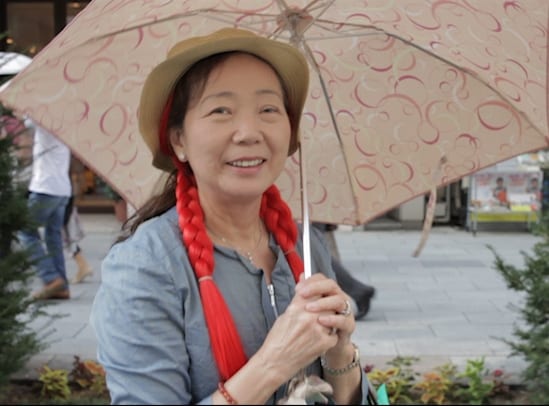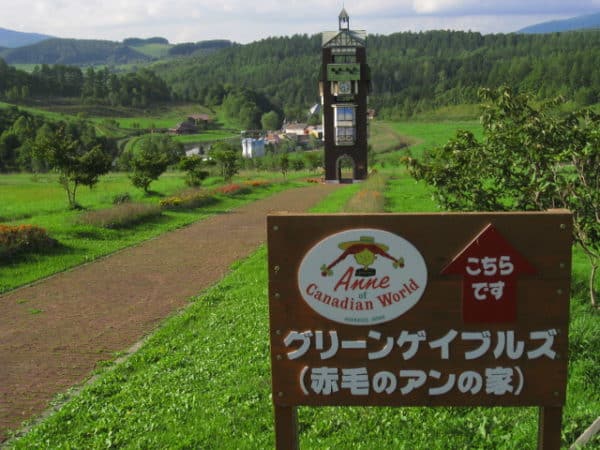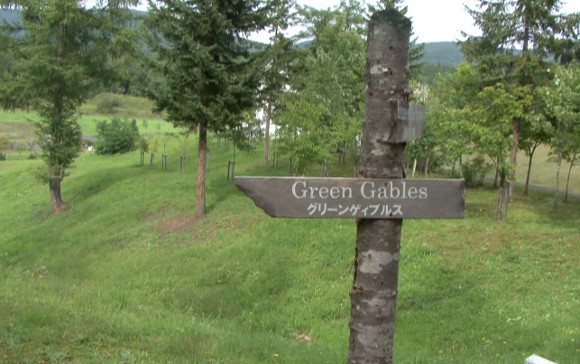
“Ever tried. Ever failed. No matter. Try Again. Fail again. Fail better.” – from “Worstward Ho” by Samuel Beckett
It’s difficult to imagine that Samuel Beckett would be entirely pleased that a morsel snatched from one of his long, typically difficult prose pieces has become a T-shirt slogan for Silicon Valley types, with “Fail better” replacing “Just do it” or “Think different” in the aspirational self-help lexicon of business teachings. Then again, his phrase about “failing better” has long been a worldview sweetener for artists, who tend to hold the Irish writer in high esteem.
While the importance of “failure” begins to gain wider currency in the generally risk-averse Canadian business climate, new models for trying and failing begin to emerge, for starting an endeavour and then failing at that endeavour, along with new models for attracting seed money to facilitate the trying and failing.
Last September, Kickstarter arrived in Canada. I wrote an article for Cantech Letter, attempting to evaluate several of the more interesting projects as examples of the platform’s possibilities, not only for entrepreneurs but also for artists with projects that fall outside the usual avenues for institutional funding. At that time, I mentioned to Cantech’s editor that I myself was preparing a Kickstarter pitch to jumpstart a documentary that I had been working on. So he insisted that I chronicle the experience. This, reader, is a rather unvarnished story of crowdfunding: its risk, its promise, its capacity for inducing soul-destroying despair. It’s the whole “Try again. Fail again. Fail Better.” experience rolled into a tight 30-day package.
When I was a teenager in Charlottetown, Prince Edward Island, I began to notice an increasing number of Japanese tourists arriving in ever greater numbers year after year. At that time, I didn’t know what their interest was in PEI. Pretty soon, however, it became clear that they were there because of “Anne of Green Gables”, although their name for her was “Akage no An” (Red-Haired Anne). Our little orphan girl had been a staple of Japanese pop culture since the 1950s, and her acolytes were becoming curious about the book’s real-life setting. Years later, I thought, “There’s a documentary in that.” So I began to develop an idea called “Anne of Japan”.

Last September, I went to Japan, using the excuse of working on a film to see more of the country than I would have as a tourist. I began in Hokkaido, where there is a theme park called Canadian World, which contains an exact replica of the Green Gables house in Cavendish. Then I took the train down to Tokyo to conduct a few interviews and meet a couple of people who would end up working with me. Finally, I ended up in Okayama, home to the “School of Green Gables”, an actual nurse training facility that tries to instil the values of Anne Shirley into each cohort of its young graduates.
The trip to Japan was incredible. I came home with a lot of footage featuring people speaking Japanese, which I don’t understand a word of. So there remained the task of translating the footage before I could begin editing. A week or so before my trip, Kickstarter launched in Canada. I decided that “Anne of Japan” might make a good candidate for crowdfunding. What did I have to lose?
On the one hand, Kickstarter should be the perfect vehicle for funding niche or specialty items. There’s a documentary about women in comics, a digital flashlight, a documentary about squatters in Detroit, and a guy who’ll make Mario Bros. dolls out of beads. It almost seemed as if the more niche a project’s appeal, the better. The challenge is to attract that crowd of backers who’ll match your enthusiasm to push your project across the finish line.
Several months before the Japan trip, I made a website for “Anne of Japan” and staked out space on the relevant social media platforms, just to establish a presence. I began reaching out through social media, keeping track of chatter about Anne of Green Gables in both Japanese and English. Google Translate, incidentally, is barely useful as a translation tool when it comes to the non-Latin alphabet languages. The size of the community I attracted was small enough to let me know that the film’s future audience would be very niche indeed. Maybe a little too niche. But the group that was there seemed utterly convinced of the idea’s value. So I went ahead with it, despite the language barrier.

One of the first aspects of devising a Kickstarter campaign, aside from building a community in advance, is to determine the amount you’ll be asking for. Kickstarter, unlike IndieGogo, is an all-or-nothing proposition. This appealed to me, to avoid the pitfall of running a campaign that allowed for accepting a partially raised amount. The campaign had to provide the bare minimum of funds to allow me to execute the project and provide a deliverable to its backers in the form of a DVD. I wrote up a budget that indicated that the amount had to be no less than $27,000. After feedback from friends, who insisted that the figure was too high, I knocked that figure down to $21,000 and then clicked “launch”.
I dutifully wrote up a “press release” and researched the best points of contact at news organizations for getting the information into the hands of journalists most likely to cover it sympathetically. I began reaching out to bloggers. This involved scanning the blogrolls of prominent, and not so prominent, bloggers specializing in outsider perspectives on Japanese society and culture, as well as Japanese people writing in English. I began relentlessly stalking keywords on Twitter, favouriting tweets and following people likely to approve of the campaign. I began sharing with and liking the Facebook pages of people with similar interests.
After an initial burst of activity, crickets. Ten days into the campaign, I had 10 backers, so far short of my goal that I began to repurpose the campaign more as an exercise in publicity than of actually achieving the fundraising goal. The other thing driving me was the knowledge that the Kickstarter page would remain on the Internet forever, a permanent reminder of the campaign’s failure, which is not the kind of publicity the film needs. If in the future I ever pitched it to a producer or broadcaster, the first thing they’d see in a search result would be a project that ended up being funded less than 5% towards its goal. The film was doomed.
It was time to juice the campaign a little. I bought a little Facebook advertising and watched those numbers go through the roof. Thousands of “clicks” resulted in maybe two “likes”, and no conversions at campaign headquarters. Again, crickets.
The Hollywood screenwriter William Goldman used to say, “Nobody knows anything!” to describe the studios’ capacity for predicting the success or failure of any given film. “Heaven’s Gate” remains one of the biggest flops on Hollywood’s books. “Porky’s” was meant to be a Canadian tax shelter vehicle, subsidized by the significant tax breaks necessary to produce the glut of B-movies and cheap horror films that built a Canadian filmmaking infrastructure during the 1980s. That film was a smash hit.
In business, we have the recent example of Blackberry’s latest round of phones, which got pretty good reviews on their merits as devices, but were doomed by their lateness to market. And the television manufacturing industry is still smarting over consumers’ mass snub of what seemed to be the inevitable adoption of 3D TV’s in the home. In business, as in filmmaking (or life in general), timing is everything. A great idea is no guarantee of success, no matter how well or badly it’s played.
We tend to underplay the possibility that our ideas might lead us to failure. But to never execute those ideas, to never try, to never fail, to never fail better, would be a much worse course of action than to never make the attempt for fear of failure’s stigma.
The “Anne of Japan” Kickstarter campaign is still live, but barely.
_______________________________________________________________________________________________________________
Comment
Leave a Reply
You must be logged in to post a comment.




 Share
Share Tweet
Tweet Share
Share




While this may be partially a niche issue, I suspect it also has to do more with the structure of your rewards. You need to look at the structure of similar niche films, and see what makes some more successful than others.
I myself, in the space of 4 months, have helped fund ~50 independent films, some at the associate and executive producer level. http://www.imdb.com/name/nm6182058/ I fund many niche films. I might have backed yours, except…
Your rewards are essentially physical or digital copies of the film or local screening and Q&A. People can get downloads of essentially any film that exists digitally – physical media is a plus, but they can always burn it. You can’t just appeal to their need to get the film made; if you do, then you’re depending on that niche.
I have found that a huge additional motivator for support – in addition to T-shirts or whatever – is an acknowledged association with the film. At the very least, a tweet or shout-out on Facebook or the website. Others look for an official credit of a “special thanks” or a “co-producer” acknowledgement or similar. See, you can’t just download that – it’s real, and only you can bestow it on the donor.
Add that to the DVD/download in the next go-round, and I bet you’ll see a better response.
I would think you could appeal to PEI tourism to fund part of the film. I also think you need to tell a little more of the story. Interview people in PEI and Japanese tourists here, use some archival footage. Your article gave the impression you took a camera to Japan, interviewed several people there, and that is your whole film.